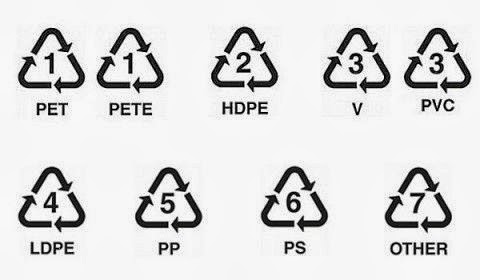Dive into the Future: Exploring the Intersection of AI and Economics
This lecture series delves into the cutting edge of artificial intelligence (AI) and its applications within the field of economics. Prepare to explore groundbreaking topics in the exciting world of AI and economics.
I. Algorithmic Collusion by Large Language Models
The rise of algorithmic pricing raises concerns of algorithmic collusion. We conduct experiments with algorithmic pricing agents based on Large Language Models (LLMs), and specifically GPT-4. We find that (1) LLM-based agents are adept at pricing tasks, (2) LLM-based pricing agents autonomously collude in oligopoly settings to the detriment of consumers, and (3) variation in seemingly innocuous phrases in LLM instructions (“prompts”) may increase collusion. These results extend to auction settings. Our findings underscore the need for antitrust regulation regarding algorithmic pricing, and uncover regulatory challenges unique to LLM-based pricing agents.
Via arXiv
II. Generative AI for Economic Research: Use Cases and Implications for Economists
Generative AI, in particular large language models (LLMs) such as ChatGPT, has the potential to revolutionize research. I describe dozens of use cases along six domains in which LLMs are starting to become useful as both research assistants and tutors: ideation and feedback, writing, background research, data analysis, coding, and mathematical derivations. I provide general instructions and demonstrate specific examples of how to take advantage of each of these, classifying the LLM capabilities from experimental to highly useful. I argue that economists can reap significant productivity gains by taking advantage of generative AI to automate micro tasks. Moreover, these gains will grow as the performance of AI systems across all of these domains will continue to improve. I also speculate on the longer-term implications of AI-powered cognitive automation for economic research. The online resources associated with this paper offer instructions for how to get started and will provide regular updates on the latest capabilities of generative AI that are useful for economists.
III. Temporal Data Meets LLM-Explainable Financial Time Series Forecasting
This paper presents a novel study on harnessing Large Language Models’ (LLMs) outstanding knowledge and reasoning abilities for explainable financial time series forecasting. The application of machine learning models to financial time series comes with several challenges, including the difficulty in cross-sequence reasoning and inference, the hurdle of incorporating multi-modal signals from historical news, financial knowledge graphs, etc., and the issue of interpreting and explaining the model results. In this paper, we focus on NASDAQ-100 stocks, making use of publicly accessible historical stock price data, company metadata, and historical economic/financial news. We conduct experiments to illustrate the potential of LLMs in offering a unified solution to the aforementioned challenges. Our experiments include trying zero-shot/fewshot inference with GPT-4 and instruction-based fine-tuning with a public LLM model Open LLaMA. We demonstrate our approach outperforms a few baselines, including the widely applied classic ARMA-GARCH model and a gradient-boosting tree model. Through the performance comparison results and a few examples, we find LLMs can make a well-thought decision by reasoning over information from both textual news and price time series and extracting insights, leveraging cross-sequence information, and utilizing the inherent knowledge embedded within the LLM. Additionally, we show that a publicly available LLM such as Open-LLaMA, after fine-tuning, can comprehend the instruction to generate explainable forecasts and achieve reasonable performance, albeit relatively inferior in comparison to GPT-4.
Via arXiv
IV. The Metaverse: innovations and generative AI
Today, the Metaverse consists of various platforms, including digital twins of the physical world as well as virtual and blended digital-material environments that offer immersive experiences for individual users. By going beyond solely physical or virtual realms, these platforms unlock new possibilities for exploration, experimentation, and interaction. This makes it possible to transcend the limitations of innovation processes confined to physical locations, so the Metaverse is thus poised to drive groundbreaking innovations. This article explores the Metaverse as an innovation platform, its opportunities and challenges, including the role of generative AI in it. It discusses how the Metaverse, as a collaboration, creativity, and technological platform, supports innovation potential. By embracing the possibilities and challenges offered by the Metaverse and leveraging the capabilities of generative AI within it, a future in which individuals can truly explore novel synergies between the physical and digital realms, thriving various kinds of innovations. It is crucial to achieve holistic sustainability impacts both within the Metaverse innovation platform and as its outputs.
Plus:
Research Leaders Playbook. Tools and tactics for leading coordinated research programs.



Comentarios